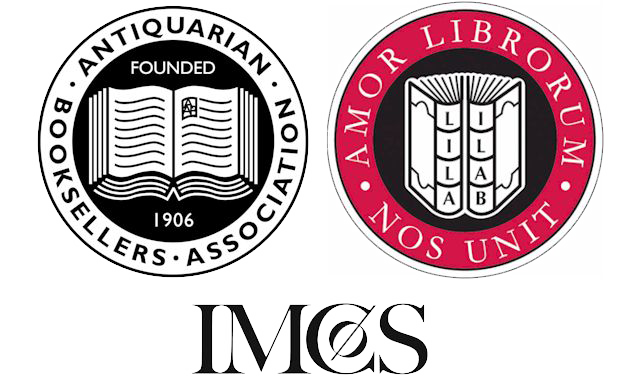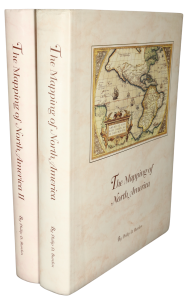Rare Maps and Prints
- World & Celestial
- North America
- West Indies, South & Central America
- British Isles
- British Isles
- English counties
- Large-scale
- Bedfordshire
- Berkshire
- Buckinghamshire
- Cambridgeshire
- Cheshire
- Cornwall
- Cumberland
- Derbyshire
- Devon
- Dorset
- Durham
- Essex
- Gloucestershire
- Hampshire
- Herefordshire
- Hertfordshire
- Huntingdonshire
- Islands
- Kent
- Lancashire
- Leicestershire
- Lincolnshire
- Middlesex
- Norfolk
- Northamptonshire
- Northumberland
- Nottinghamshire
- Oxfordshire
- Rutland
- Shropshire
- Somerset
- Staffordshire
- Suffolk
- Surrey
- Sussex
- Warwickshire
- Westmoreland
- Wiltshire
- Worcestershire
- Yorkshire
- Wales
- Scotland
- Ireland
- Western Europe
- Eastern Europe
- Middle East
- Africa
- Asia
- Australasia & Pacific
- Decorative Prints
- Title Pages
Mr. Philip D. Burden
P.O. Box 863,
Chalfont St. Giles, Bucks HP6 9HD,
UNITED KINGDOM
Tel: +44 (0) 1494 76 33 13
Email: enquiries@caburden.com
South America is broken down into regions with various legends throughout the map. The largest is his rant about mapmakers copying his work, “The World is in nothing more scandalously imposed upon, than by Maps put out by ignorant Pretenders”. A large inset view of the silver mines of Potosi in Bolivia is lower left. Originally a small Incan outpost, in 1545 it was made a mining town to support the removal of vast amounts of silver from its mountain, in a short time becoming legendary. At an altitude of 4,000 metres, it would become the fourth largest city in the Christian world (pop. 200,000) within a short period of time. The economic effects of the silver supply were felt around the world.
The imprints on this and others in the atlas vary somewhat. There is no known defined list of the different states of this map, but an analysis of the imprints provides a date of issue around 1733. In that year John Bowles moved into his premises at the Black Horse in Cornhill.
Herman Moll (1654?-1732) was born it is believed in Bremen, Germany, although he is often thought of as being Dutch. He is first recorded in London working on the Moses Pitt atlas in 1678. Much of his early work was undertaken for others or in partnership with the likes of Christopher Browne, Philip Lea or Robert Morden. Moll’s earliest world atlases were geographical texts, the ‘Thesaurus Geographus’ of 1695 was enlarged to become the ‘System of Geography’ in 1701. He then moved to the opposite end of the size spectrum with the ‘World Described’ offering a series of elephant folio sized maps. A first attempt at a quarto sized atlas was the ‘Atlas Geographus’ issued in parts from 1711-17 which is extremely rare.
Moll returned to the quarto format later in his life issuing in parts Thomas Salmon’s ‘Modern History’ from 1725. Many but not all of these plates were published in an atlas without text c.1727 entitled ‘A Set of Thirty-Two New and Correct Maps of the Principal Parts of Europe’. This included a set of world and four continental maps but as Moll expanded production he was able to publish a complete set in 1729 under the title of ‘Atlas Minor’. Provenance: Juan and Peggy Rada Collection. Armitage (2012) pp. 44-5; Shirley (2004) T.Moll 4a no. 6.






